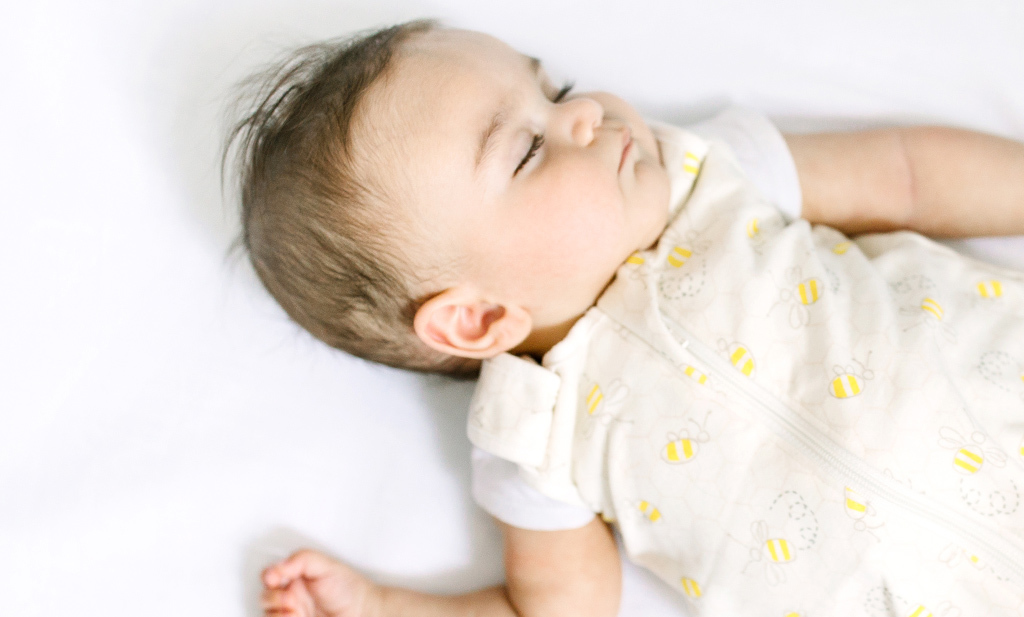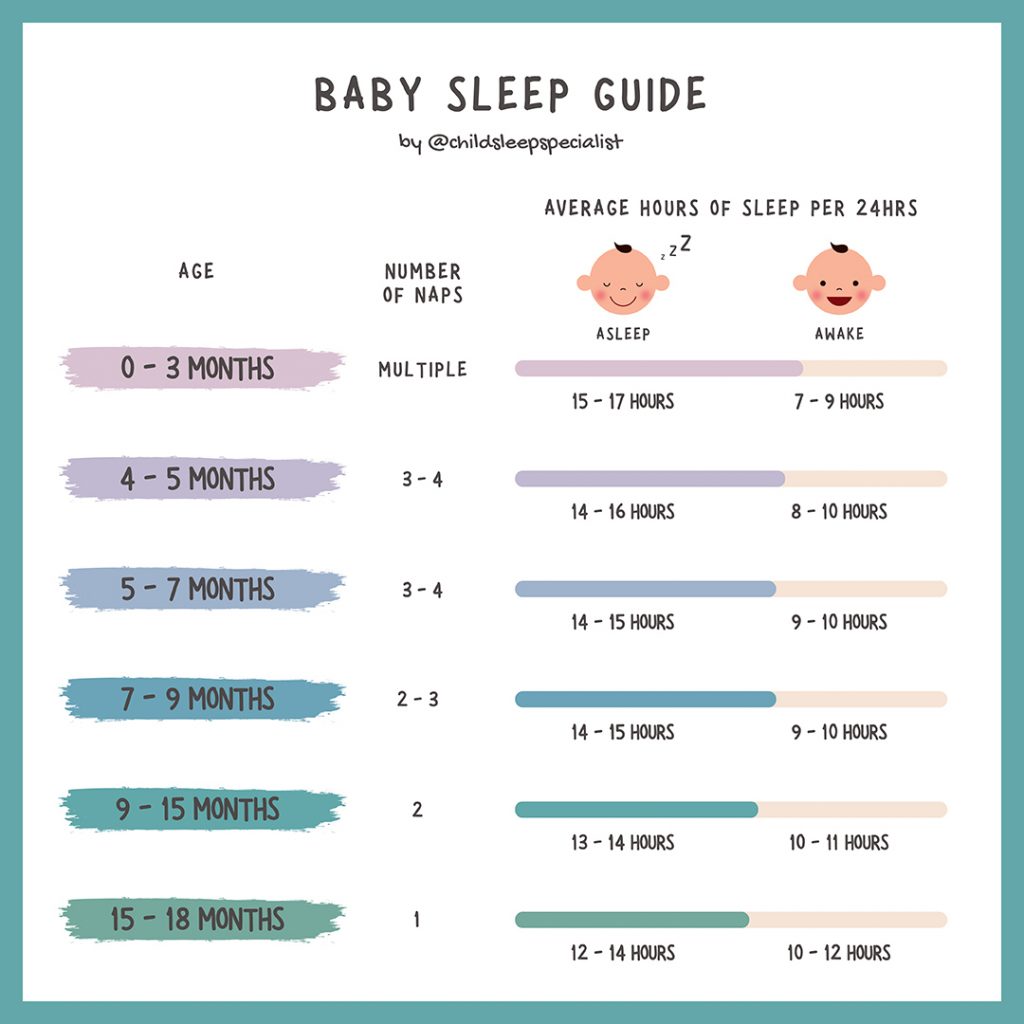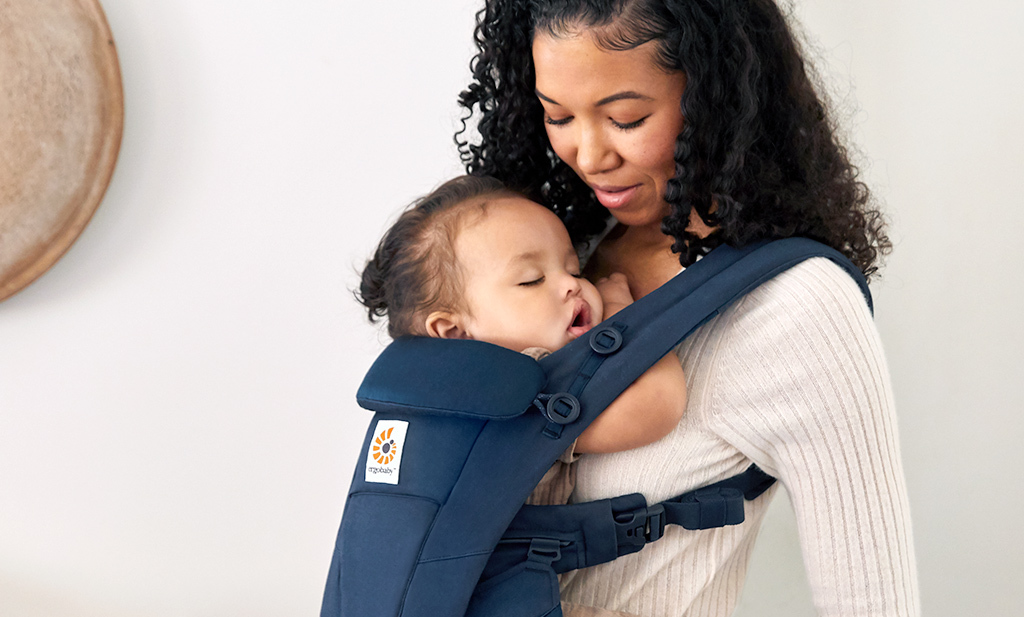
Do you find yourself staring at your new baby sleeping and wondering “how many naps does my baby actually need?” Our UK sleep specialist Gemma Coe is a mum of two herself and is a certified baby and child sleep consultant. She helps families all over the world develop healthy sleep habits. Today, Gemma gives us some best advice for your baby’s nap sleep depending on their age.
Did you know, until your little one gets to about 3 years of age, they’re likely to spend more time asleep than awake?! Nap time brings relief, allowing your baby to rest and for you to have a bit of down time, or just catch up on those million other things on the to-do list!
Daily naps provide your little one with some much needed rest throughout the day. Think about your child’s growth, it is exhausting! Naps allow those little bodies to recover and brains to process everything they’ve learnt.
Naps are as important as sleep at night and give us our total sleep duration (day sleep + sleep at night), check out Gemma’s handy nap chart below.

Newborn babies nap time schedules can be completely erratic, possibly spending more time sleeping in the day than at night in the early stages. Then, gradually, over the next 12-18 months you’ll watch as they grow older and stronger, able to manage longer periods of awake time between naps and get through to bedtime without becoming an overtired mess.
They’ll then transition to one good sleep in the middle of the day, and most tend to grow out of nap time completely around the 3-year-old mark.
Note: Every child is different, sleep durations and frequency are indicated in this guide as a typical or average suggestion for nap time for a child of that age. Your baby’s sleep needs maybe different.
How many naps do babies need?
In the early newborn days, baby’s naps are highly variable. Your baby may nap for 10 minutes or multiple hours. As the nap duration varies so much, so does the number of naps needed. It wouldn’t be unusual to need anywhere between 4-7 naps a day. You may also notice your baby falls asleep almost anywhere although most likely it will be during a cuddle!
Typically, by 4-6 months of age babies are starting to follow more of a ‘by the clock’ schedule and more predictability is seen. At this point, most will be on 3-4 naps a day.
Around the 7-9 month mark the third afternoon nap will start to disappear, leaving your little one on a 2 nap day. They may have a few weeks where they are transitioning and will have some two nap days and some days with three naps before settling into a new routine.
The transition to 1 daytime nap can happen anywhere between 12-18 months of age. Don’t rush it. Most babies are ‘more ready’ to transition around the 15 month mark.
Sometimes kiddies can look like they’re ready to transition at 12 months but they’re actually just having a bout of FOMO! Why would they nap when they could be playing?!
Most children no longer have nap time around the 2.5-3.5 year mark. Occasionally some kiddies will still nap until about 5 years.
How long should naps be?
In the early weeks naps can be anywhere from 10 minutes to hours long. This makes aiming for a daily schedule pretty impossible.
When babies have passed the four month regression and their sleep is in more distinctive ‘sleep cycles’ you’ll start to notice a 45 minute (or so) pattern forming with a baby waking after that period. They may wake refreshed or upset and need a little help getting back to sleep.
Shorter naps (cat naps) can be problematic for babies who constantly wake upset and struggle to make it to the next nap.
Naps should consolidate (when sleep cycles stitch together) and lengthen over time (note, this isn’t easy for most babies and takes a bit of practice).
Most families like to stop cat naps around the 2 hour mark to stop any longer daytime naps affecting night time sleep.
Naptime routine
Now, this doesn’t have to be complicated. However, a short naptime routine will go far! Try to include some elements of the bedtime routine so your baby benefits from similar sleep cues and will start understanding what’s coming next.
If you can, consider their sleep environment. It’s worth trying to step away from the hustle and bustle of the day with all the distractions going on.
We find it hard to unwind after a busy day, and the same applies to babies. Try to factor in a 10-15 minute wind down before a nap at home.
3 top tips to get baby to nap.
- Think of the ideal sleep environment and invest in some good blackout curtains or blinds! Sunlight can make the sleep environment bright, your little one may be distracted by their surroundings. (Blackout curtains also help stop the room heating up and keeping it at a better temperature for sleep).
- Be realistic and have a good plan B! If you’re working on extending naps or baby’s nap schedule and getting enough sleep, then it may be worth knowing when to reach out for the plan B, example of this below.
It’s great to work on independent sleep, but if you’ve been working on a single nap unsuccessfully for a while then it may be best to offer a little more support. That may be assisting your baby to sleep (feeding, rocking, patting) or using motion (lots of babies will sleep well in a stroller or baby carrier.
If nap times and sleep patterns have been all over the place, then just getting your little one through to bedtime without becoming an overtired mess will be the priority. - Watch wake windows. Especially for little ones. Working on a baby nap schedule is HARD. However, some of the pressure is taken off when we start to look at wake windows. When the window is drawing to a close start aiming for a little wind-down with the aim to get them to sleep. This helps avoid both under-tired and over-tired scenarios. You can see the suggested wake windows in the nap chart guide above.

For more sleep advice – visit our blog here



